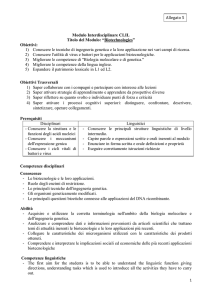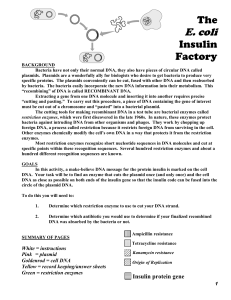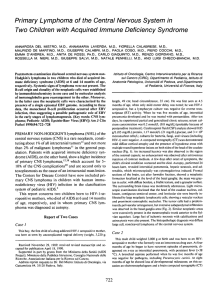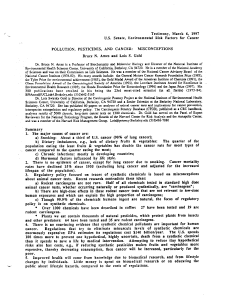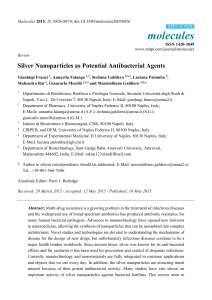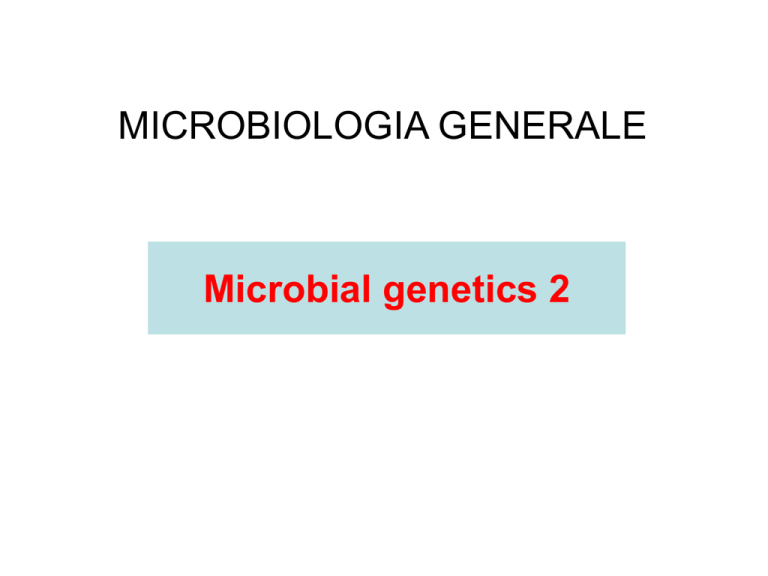
MICROBIOLOGIA GENERALE
Microbial genetics 2
Microbial genetics:
transduction
Generalized transduction
Mechanism of generalized transduction
An example of generalized
transduction
Specialized transduction
Formation of a ldgal transducing particle
Lysogenic conversion
A temperate phage induces a change in the phenotype of the infected bacteria.
Changes can often involve the external membrane of the cell by making it
impervious to other phages or even by increasing the pathogenic capability of the
bacteria for a host. In this way, temperate bacteriophages also play a role in the
spread of virulence factors, such as exotoxins and exoenzymes, amongst bacteria.
Overview of the horizontal gene transfer processes
Overview of the horizontal gene transfer processes
Horizontal gene transfer and antibiotic resistance
Suggested reading
Robert V. Miller
Scambio di geni tra batteri in natura
Le Scienze 355, 68-73,1998
Microbial genetics:
transposons
Bacterial Transposons
• Transposable elements (“Jumping genes”)
• Mobile DNA
- able to move from one place to another within a cell’genome
- sometimes a copy is made and teh copy moves
- insertion requires target DNA sequences
• In Bacteria, transposons can jump from chromosomal DNA to plasmid DNA and
back
In the process of transposition, they may:
- cause mutations
- increase (or decrease) the amount of DNA in the genome
- promote genome rearrangements (inversions, deletions, duplications)
- regulate gene expression
- induce chromosome breakage and rearrangements
- Bacterial Transposon types:
1. Insertion Sequences (IS)
2. Simple Tranposons
3. Composite transposons
4. Transposable phages (Mu phage)
Structure of bacterial transposons
1
3
2
4
Structure of bacterial transposons
Structure of bacterial transposons
Structure of simple bacterial transposons
Transposition: generation of DR sequences
Two mechanisms of transposition
Replicative: Tn3
Conservative: Tn5, Tn7, Tn9
Transposition
Conservative transposition
Replicative transposition
Tn3 transposition
Transposition and mutagenesis

